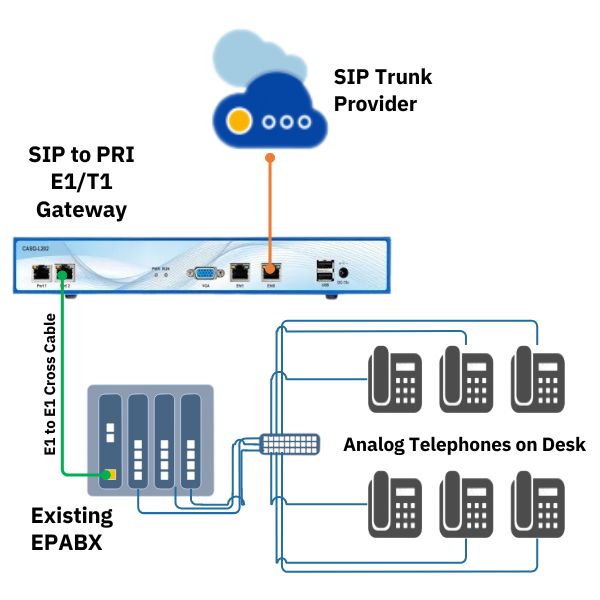Thank you for your query!
Your inquiry has been received. We appreciate your interest.
Our team will review your message and get back to you as soon as possible.

Thank you for your query!
Your inquiry has been received. We appreciate your interest.
Our team will review your message and get back to you as soon as possible.



Do you remember the costly old PBX phone systems that were once the standard for businesses? The ones that sounded and seemed to have been built in the late 1960s? It was not an easy task to connect such an old system to the analogue phone network.
For many years, PRI was the only acceptable method for companies to configure their phone networks, often known as trunks. Then everything changed with Voice over Internet Protocol (VoIP). Even though PRI is currently regarded as legacy technology, there are still certain specialized applications for businesses using outdated hardware. AKOM technologies provide a PRI Gateway with multiple ports that can be utilized and customized through or by the user.